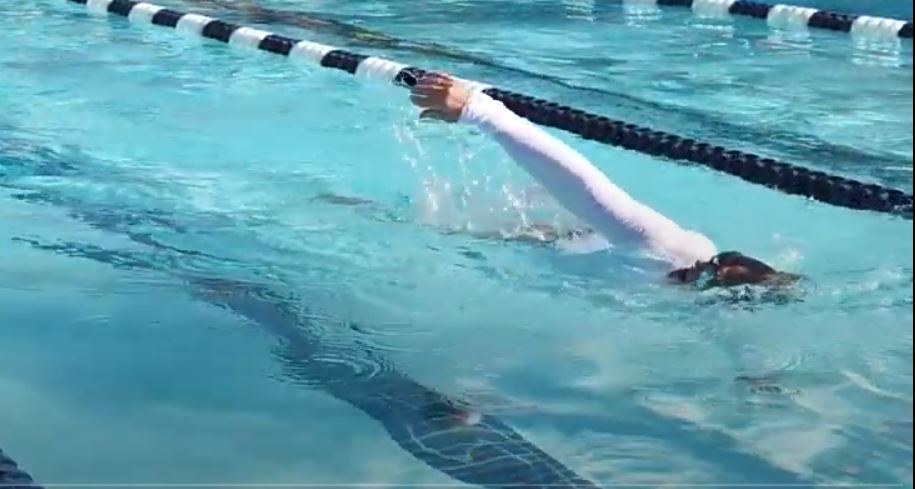“Ultimately, your motivation needs to come from within,” per Sedona Race Pace Club Head Coach Sean Emery. “You can use outside goals like achieving your best times to help, but without your own inner drive, you’re not going to stay motivated.”
Being self-motivated doesn’t mean that other factors don’t come into play, though. Ultra-Short Race Pace Training founder Brent Rushall, Ph.D. states that internal motivation is the number one reason for swimming success and continuing the sport long term. But factors such as the social aspect, parental encouragement, and a good coach all add to the equation.
Friendly competition with one’s peers is one reason kids might join a swim team. But that same social connection is the No. 2 motivator why kids want to keep swimming year-round long-term according to Rushall.
Although the primary competition in USRPT is the challenge of swimming your best sets and steadily improving in factors such as the number of successful repetitions, the people in the next lanes can make the make-or-break difference that keeps a swimmer motivated or discouraged.
Forming lasting friendships with teammates is common, but social motivation goes far beyond sharing a lane with your new bestie. Social interactions in the pool help form how a child interacts with peers at school and works with others when they embark on a career.
“It is important for procedures to be developed where swimmers have the opportunities to reinforce and recognize each other for good behaviors and achievements. Experiments have shown that peer reinforcement in swimming settings is more influential than coach reactions “
Brent D. Rushall, Ph.D., USRPT Founder
You’ll sometimes see us doing swim technique training where kids work in pairs giving each other feedback. Other times, the entire team will observe one person at a time with the group giving feedback to the swimmer. This not only builds social interaction, but swimmers observing from different angles underwater can uncover attributes of the stroke not readily apparent from the coach’s viewpoint.
Peer groups are uniquely in tune with the unique motivational reinforcers that are part of the swimming subculture. Here are some ways that effective team members positively motivate one another:
- Friendly competition
- Encouraging one another to make another rep,
- Helping hear times called out by the coach
- Saying “good job”
- Noticing and being pleased for teammate successes
- Helping new people or those who didn’t hear the coach understand what the next set involves
- Helping new people keep track of their intervals, fail times, how many fails, etc.
Paying attention to what’s going on in your own lane and set can be a lot to keep track of for swimmers less experienced with USRPT. But a well placed “you got this” or “you can do this” can mean a burst of energy for a tired swimmer striving to improve their set.
Another benefit: Children need the opportunity to teach in order to learn effectively. When swimmers reach out and help each other with skills and performance, it’s an ideal opportunity to enhance learning opportunities as well as the motivational level of the other swimmer.









